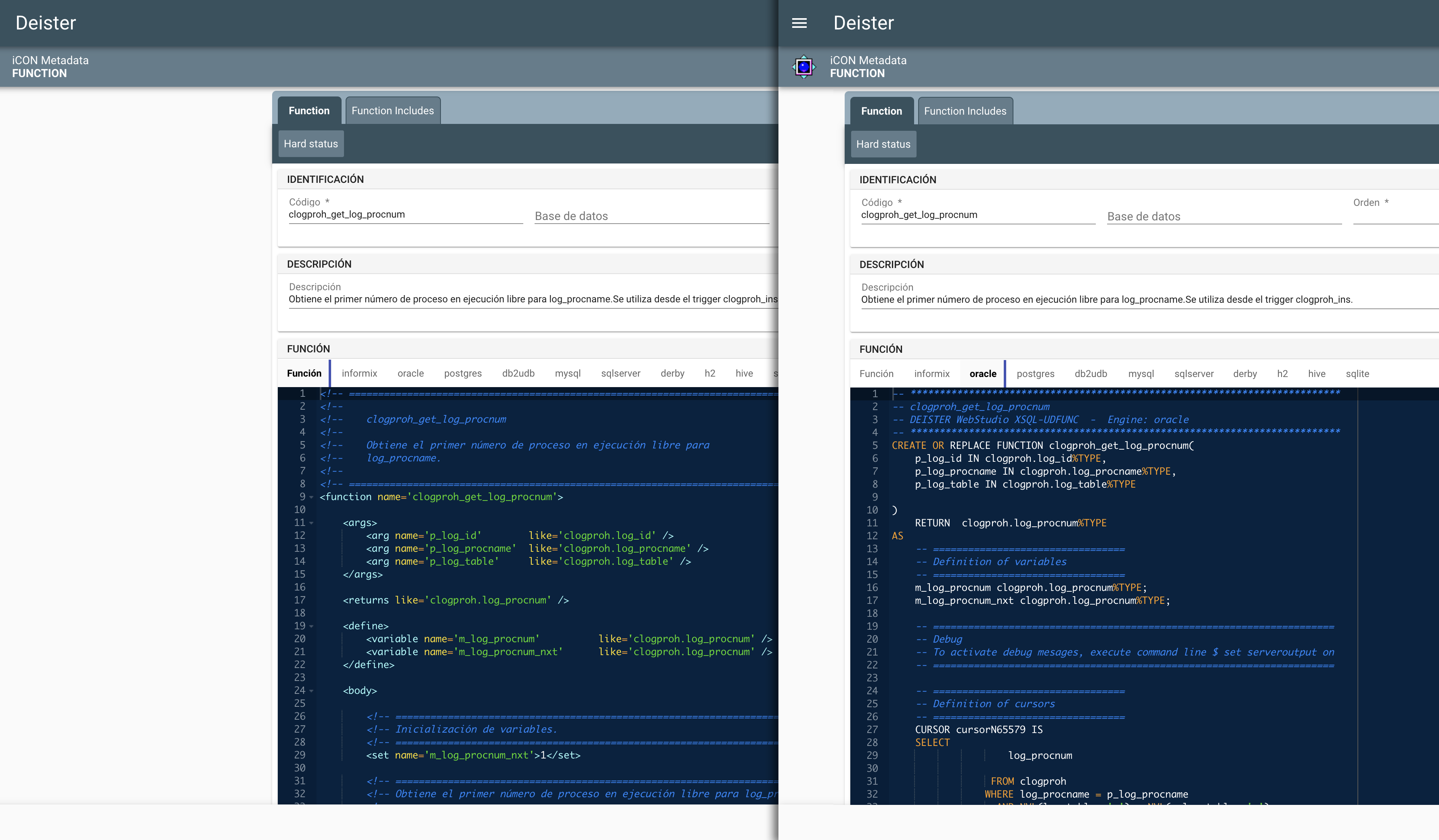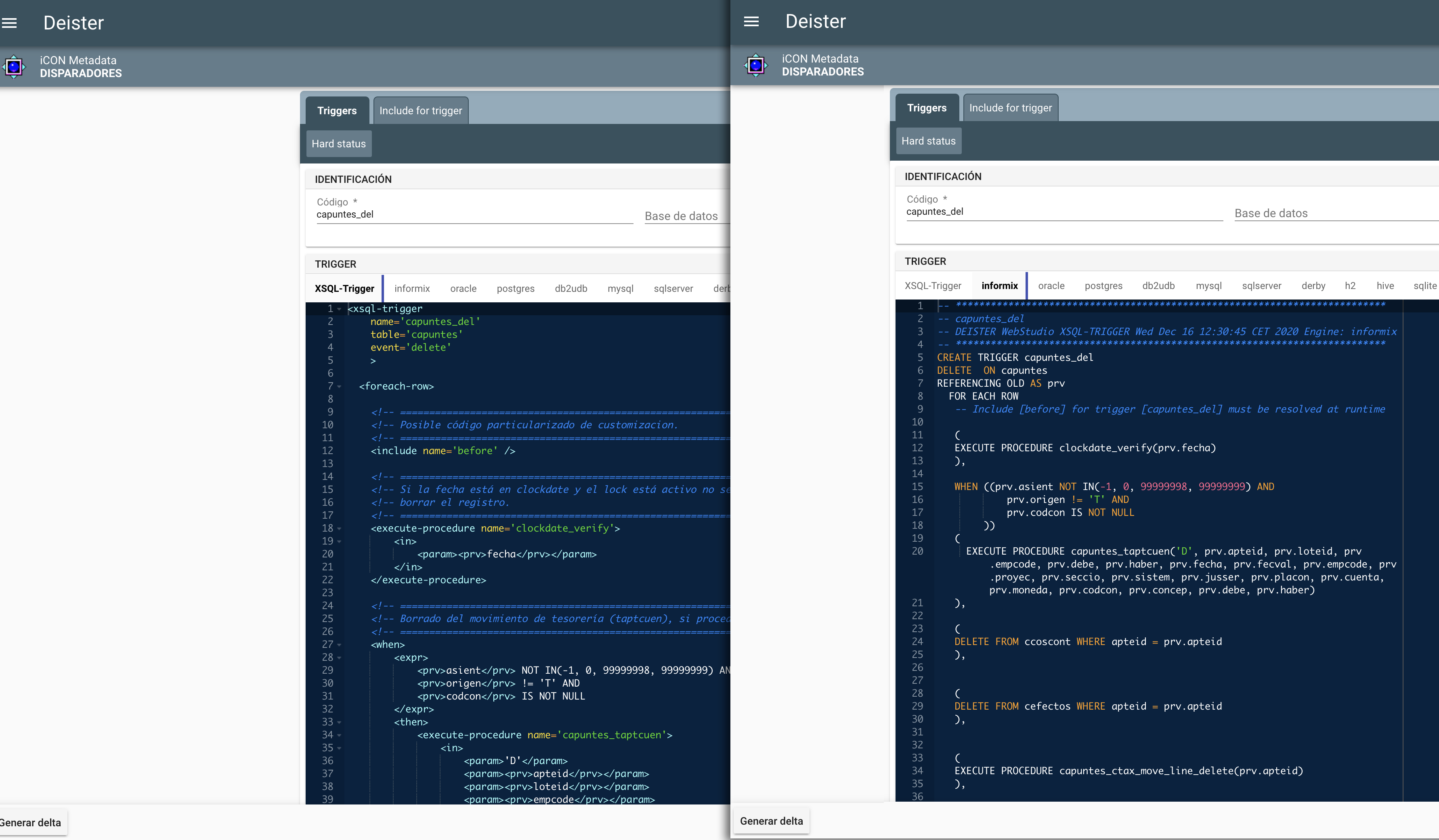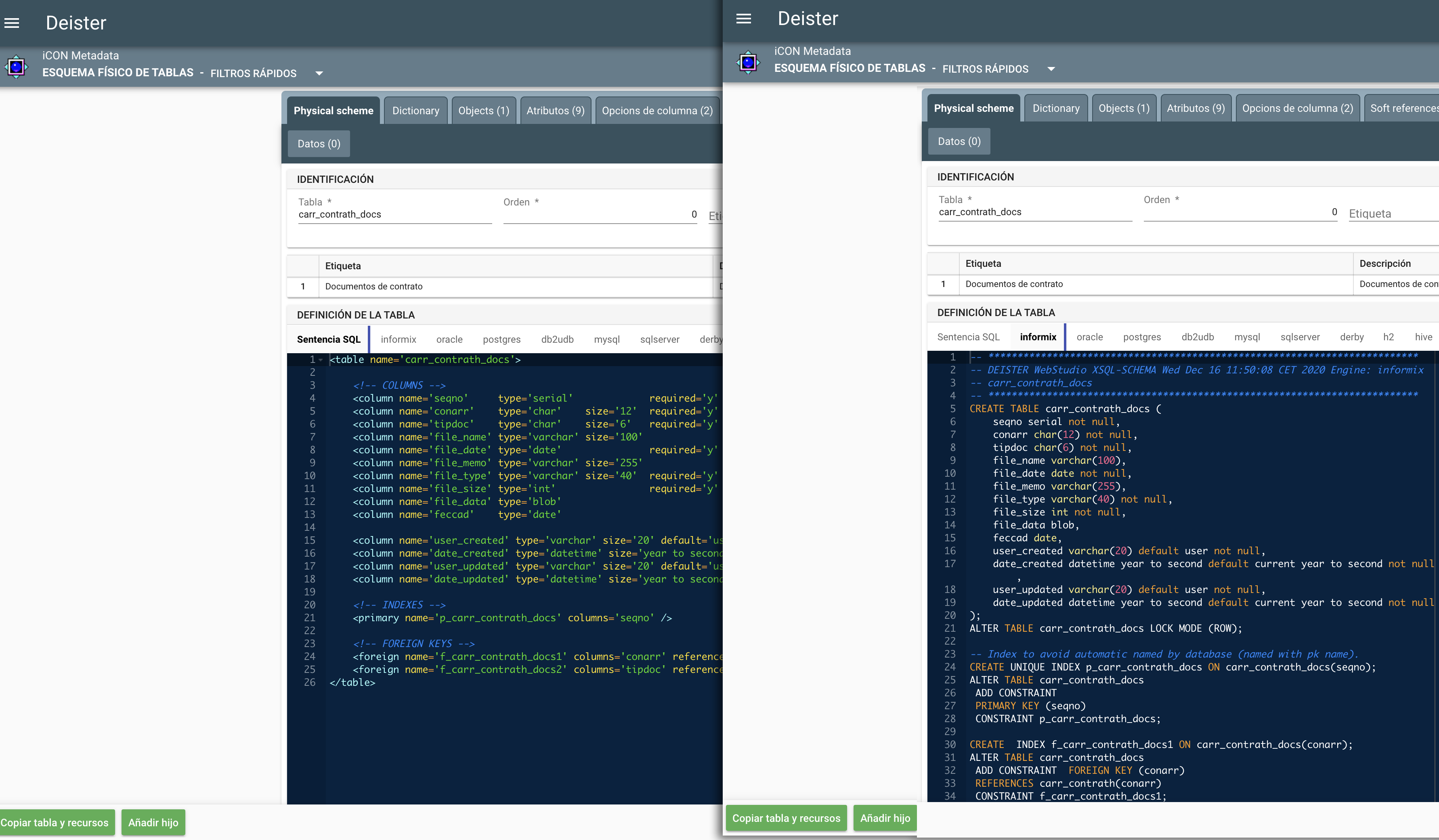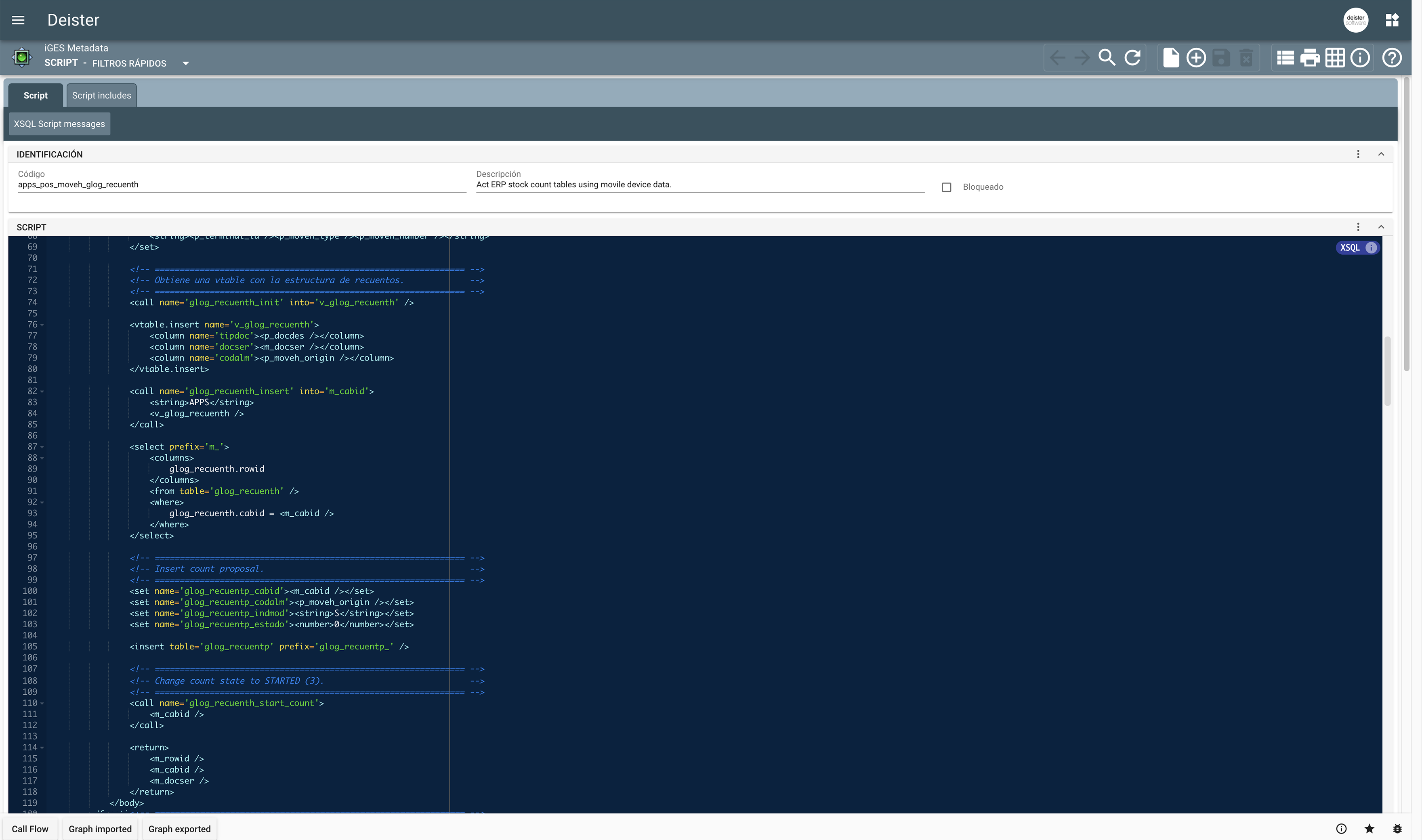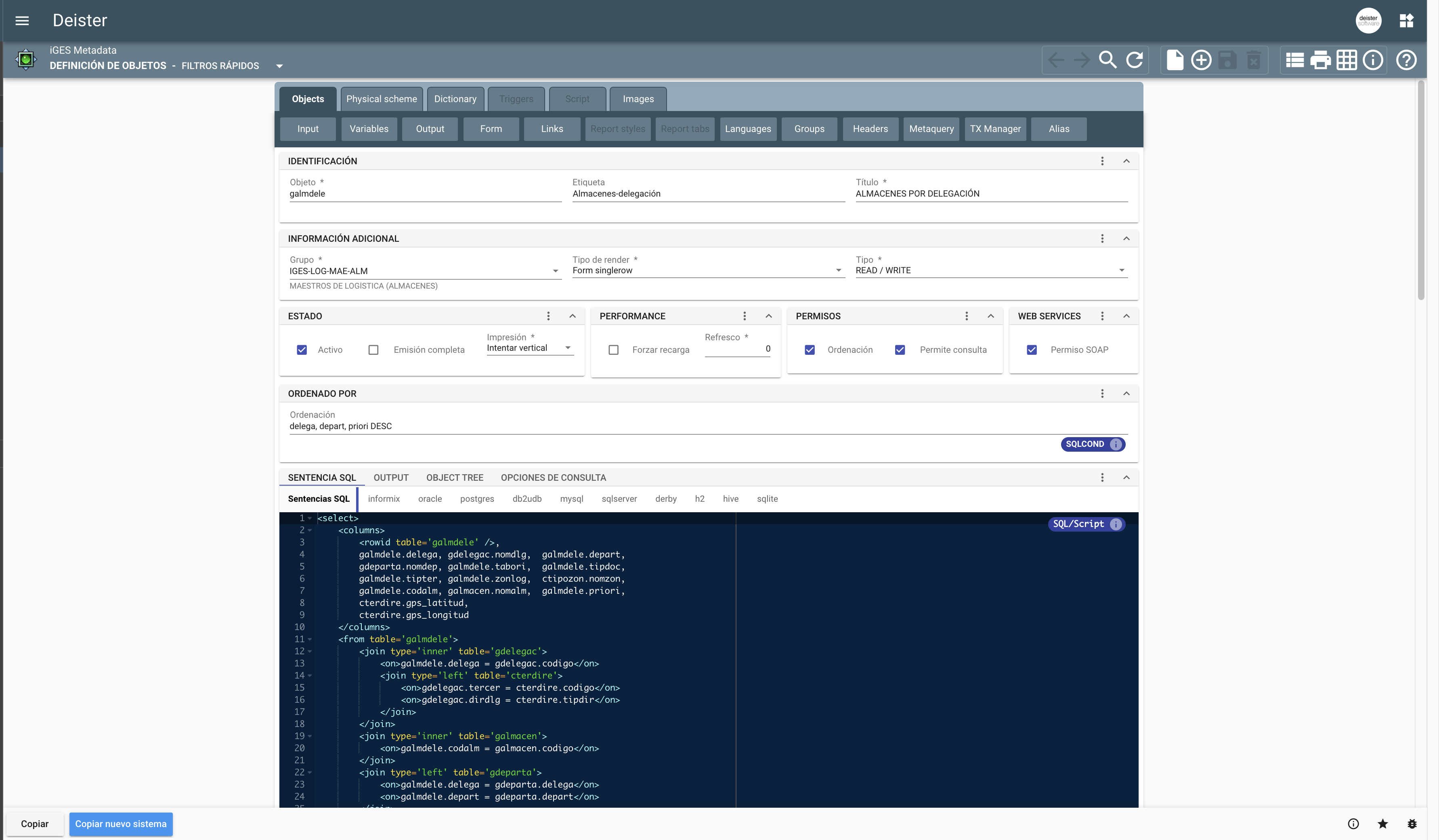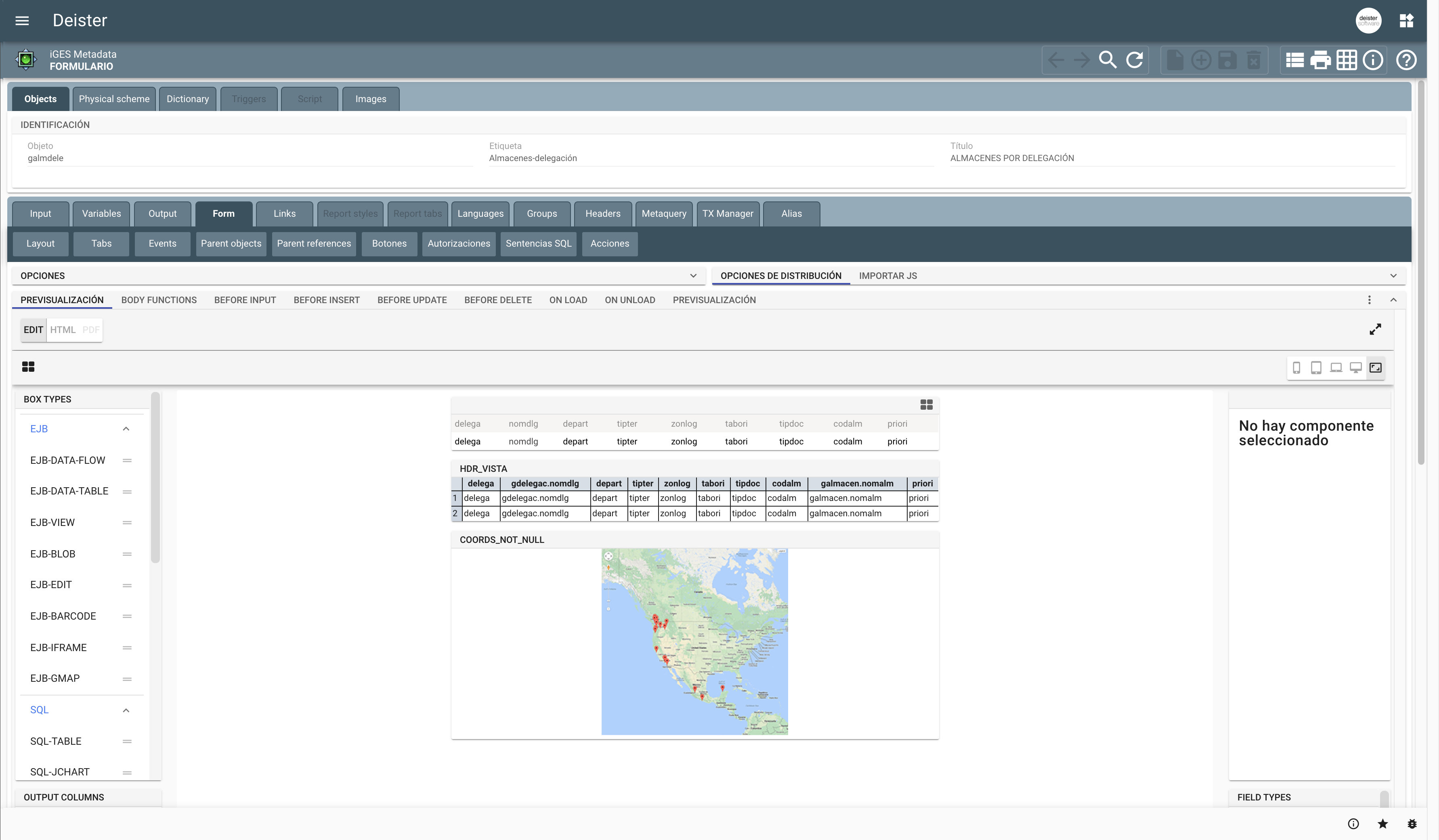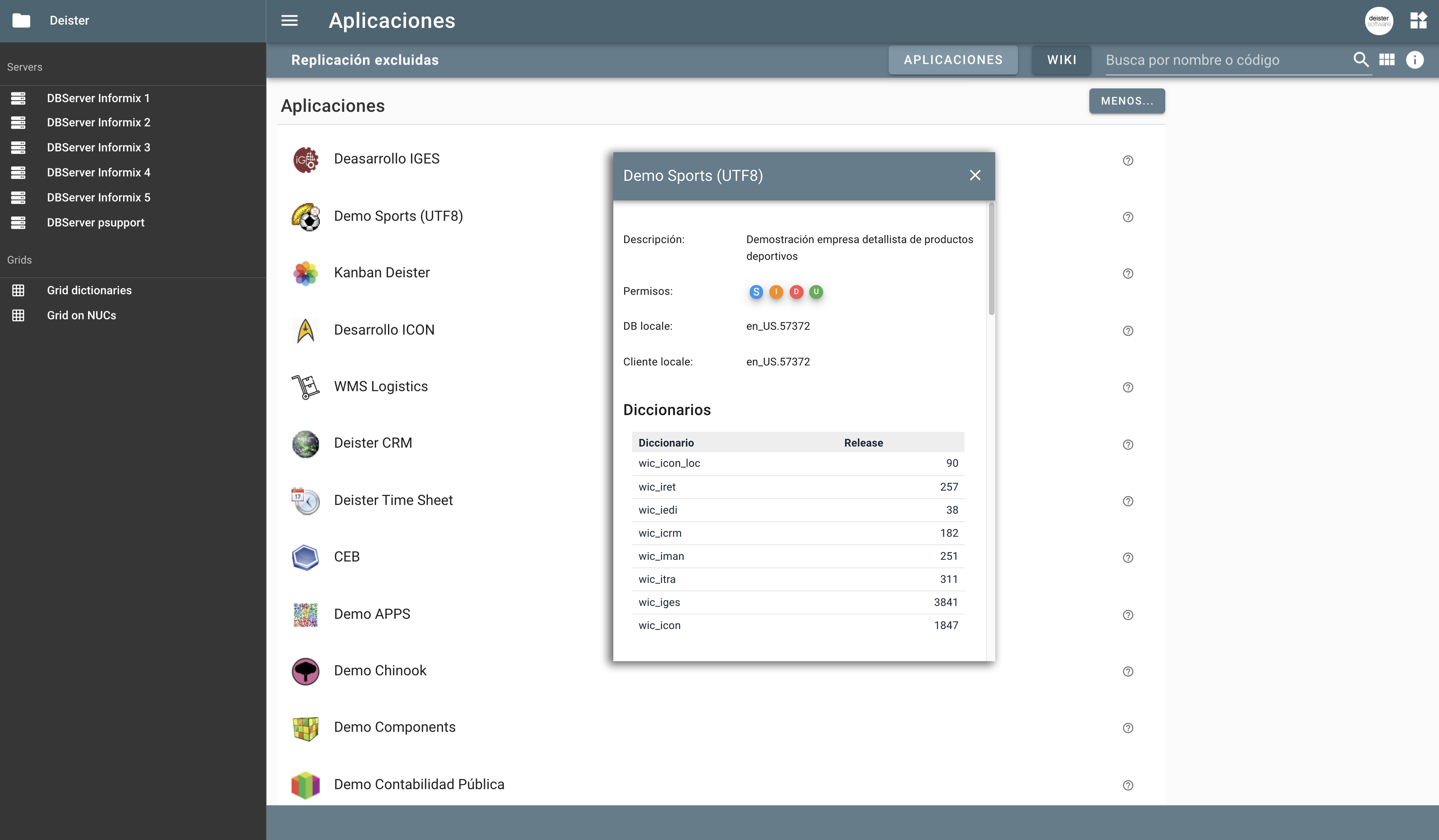Axional Studio
Develop your business applications on the web
Refactor legacy applications
Axional Studio is a database-centric development framework specially designed to build 3T web applications for business. It was originally designed for use with Informix and to take advantage of all Informix database server features. The framework was later extended to be applied to DB2, Oracle and Postgres databases.
With Axional Studio, you can redesign classic 4GL or DB2 tty applications. It is more than just a beautifier; the framework is a way to create a complete 3T architecture. It can also run legacy applications and allows step-by-step migration to the new framework, making data transport possible. It will instantly deliver benefits such as code control, automatic web services, business reports, and the ability to mobilize data with Android™ based devices.
Architecture
A database-centric system architecture differs in many ways from classic software architecture:
- Table-driven logic is used, rather than logic based on compiled code. The use of table-driven logic, behavior that is heavily dictated by the contents of a database, allows programs to be simpler and more flexible. This capability is a central feature of Axional Studio.
- A flexible, rich set of XML languages allow programmers to write platform-independent SQL statements, stored procedures, or triggers. Using stored procedures (SPL) that run on database servers, rather than middle-tier logic, yields strong performance and advantages in simplicity and integrity.
- Axional Studio uses a shared database as the basis for communication between parallel processes in distributed applications, which simplifies the design of a solution. This DBMS provides transaction processing and indexing to achieve high-level reliability, performance and capacity.
- To scale up an application, Axional Studio takes advantage of database replication features. With a simple check on the design application, a program can be marked as read-only. In those cases, all database access from that application will be routed to replicate servers, leaving the primary transaction server for OLTP processing.
Dictionary-base programming
Our system is strongly focused on developing business enterprise web applications on relational database systems. A central concept is the database dictionary, used to store application content. The dictionary of an application is a database where programmers store data models, DML statements, and business logic, as well as defining presentation. The dictionary stores:
- DDL (data definition language) statements in database-independent syntax, either native or XML
- DML (data manipulation language) statements in database-independent syntax, either native or XML
- Business logic statements (stored procedures), functions, or triggers in database-independent syntax, either native or XML
- Dictionary attributes for local table columns (column names, column information, formats, etc.)
- Navigation menus
- Documentation
A middle-tier XML scripting language
As some business logic can not be written as a stored procedure, or must be migrated from legacy 4GL languages, Studio offers a strong XML scripting interpreted language in Java. It contains a rich set of instructions common to many 4GL database languages, but with much more power and flexibility.
Database interoperability
Axional Studio is an ideal suite for database interoperation, as it can deal simultaneously with multiple database systems. And as you can write code using XML database-independent languages, no extra effort is required to make an application run on Informix, Oracle, DB2 or Postgres.
Web services
Web services are fully integrated into the platform. As you write a routine or application, it can automatically be available as a web service with a single click. No need to perform additional coding. The implementation of web services will automatically route any request to the appropriate object.
Objectives
- Informix or DB2 development
- Database interoperation or migration
- Expansion of databases with geographic functions
- Push/Pull business data into/from mobile devices
- Re-engineering legacy 4GL or DB2 systems as web/cloud systems
See the Browser Compatibility Table (BCT) to see which browsers are compatible with Axional Studio.
Empower your business today
Our team is ready to offer you the best services


